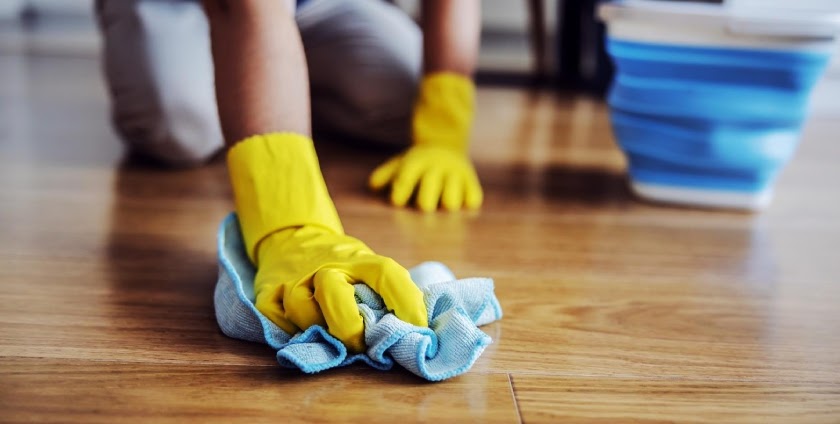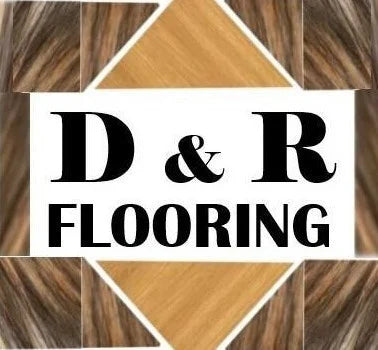
How To: Waxing Parquet Floors
Share
Parquet is probably the most popular and durable floorings that you can have. However, you need to know how to wax your parquet floor to maintain its pristine natural beauty throughout its life and increase its lifespan.
Make wooden floors look beautiful by protecting the parquet with regular waxing. Here’s all you need to know about hardwood floor waxing, the tools you need, and the secrets to success.
Why wax?
Parquet can add a beautiful texture and character to your home. This popular type of flooring, whether covered with rich stains or unfinished, gives a natural charm to dining rooms, living areas, hallways, and other areas of your home or office.
The natural wood used in parquet is well resistant to everyday use and will last for decades if properly maintained.
For most hardwood flooring, regular waxing is an essential part of the cost. Especially in busy rooms, such as kitchens and entrances, parquet quickly becomes opaque due to daily use.
Waxing helps restore shine to hardwood floors. Beyond a glossy layer, wax is also used to seal and protect the beautiful surface of the parquet.
After applying the wax on the floor, the product hardens when it dries and creates a protective layer that helps protect against stains, maintain the finish and minimize the appearance of scratches or small lesions.
Waxing laminate flooring
Modern parquet, known as laminate, does not require waxing; Because it is prefabricated in polyurethane. But if you have an older type of hardwood in your home, it is wise to do it yourself.
This way, you will avoid labor costs that can increase; because parquet, depending on the amount of traffic, must be waxed three to five times a year.
Step 1 – Clean The Room
Remove all furniture and any carpets from the floor. It would help if you also opened the windows to encourage ventilation and quick drying of used products. In addition, it eliminates any pungent odor that may arise from this work.
Step 2 – Vacuuming
Thoroughly vacuum all over the parquet to remove all dust and crack from the parquet floor. Next, use a slightly damp cloth to clean all parquet boards.
The appliance you use while washing should be only slightly damp; because too much water can damage the wood. A wiper is also required for any accidental spillage.
Step 3 – Use a Solvent to Clean
Start by following the construction instructions to see what solvents can be used on your parquet floor.
According to the manufacturer’s instructions, once you have decided which type of cleaner is ideal for your parquet, start using a cleaner without detergent or citrus solvent.
Do not use detergents other than those specified in the guide; because using them will scratch your parquet floor.
Step 4 – Remove Stains
If there are dark spots on the floor, apply some vinegar to it, leave it for a few minutes, and dry it with a soft cloth. Do not use vinegar on clean wood.
If wax has accumulated on your floors, you must first sand them. But this is something that requires special equipment. Because they cause a lot of dust and trouble, it may be best to consult a professional if this is your problem.
Step 5 – Waxing
At this stage, you can apply water-based acrylic wax to your parquet. Apply it in a thin and even layer and cover the whole area.
This wax has unique ingredients that, as a protective surface coating, cause the parquet to foam against water.
Rubbed wax is completely odorless and dries in about two to three hours.
Step 6 – Polishing
After the wax is completely dry, hold a soft, clean cloth in your hand and wipe or polish the entire area with firm, firm strokes.
You can wrap this fabric around a soft base and use it for ease of work. This process restores the shine of the floor and helps you show your parquet floor’s true beauty.
Before Waxing
Before waxing the parquet, thoroughly clean the surface with a broom or eraser to remove dust or dirt that may get stuck in the wax and affect the surface.
Make sure you use the correct type of wax for your floor and then get started. For example, some types of modern parquet flooring have a protective surface that should not be waxed. Instead, these parquets require a water-based varnish.
To protect your parquet flooring and prevent a soft, stained surface, always follow the flooring manufacturer’s instructions and the instructions on the product label.
To prevent accidents, you should use floorless carpet mats under the carpets. See our guide below for information on different types of floor waxes and the best way to wax hardwood floors.
How To Use Solid Paste Wax In Wood
Parquet?
Choose old-fashioned paste wax in a can for uncoated parquet, natural linoleum, unfinished cork, and concrete. However, you should never use wax foam, vinyl foam, or urethane paste wax.
Apply this type of wax by hand for a long-lasting shine. Here is how to wax parquet flooring with paste wax:
Moisten a soft lint-free cotton cloth (like an old T-shirt) and dry it almost to prevent the fabric from absorbing too much wax.
Apply the wax gently and evenly (according to the package instructions) and apply it on the work surface. (If you prefer soft wax, use the equivalent of liquid wax paste.)
As the waxy surface dries, it appears cloudy. Shine it with a clean towel, an electric polish, or a damp sponge covered with a damp cloth.
How To Wax Parquet With Wax Or Liquid
Oil?
You can use wax or liquid oil on wood-free parquet without varnish, linoleum, or unfinished cork. Make sure to follow the instructions manual carefully.
Although liquid wax is easier to use than paste wax, the finish is usually not very durable. Therefore, do not use this product on waxless, vinyl, or urethane floors.
Moisten a soft, lint-free cloth, a mop, or an electric floor polish to prevent the wax from getting wet. Apply the varnish evenly and lightly. As it dries, the solvent evaporates and becomes shiny.
When drying, clean the floor with a clean towel, an electric polish, or a damp sponge covered with a damp cloth towel.
We conclude that you can avoid parquet repairs with high cost and energy by learning how to wax parquet flooring.
